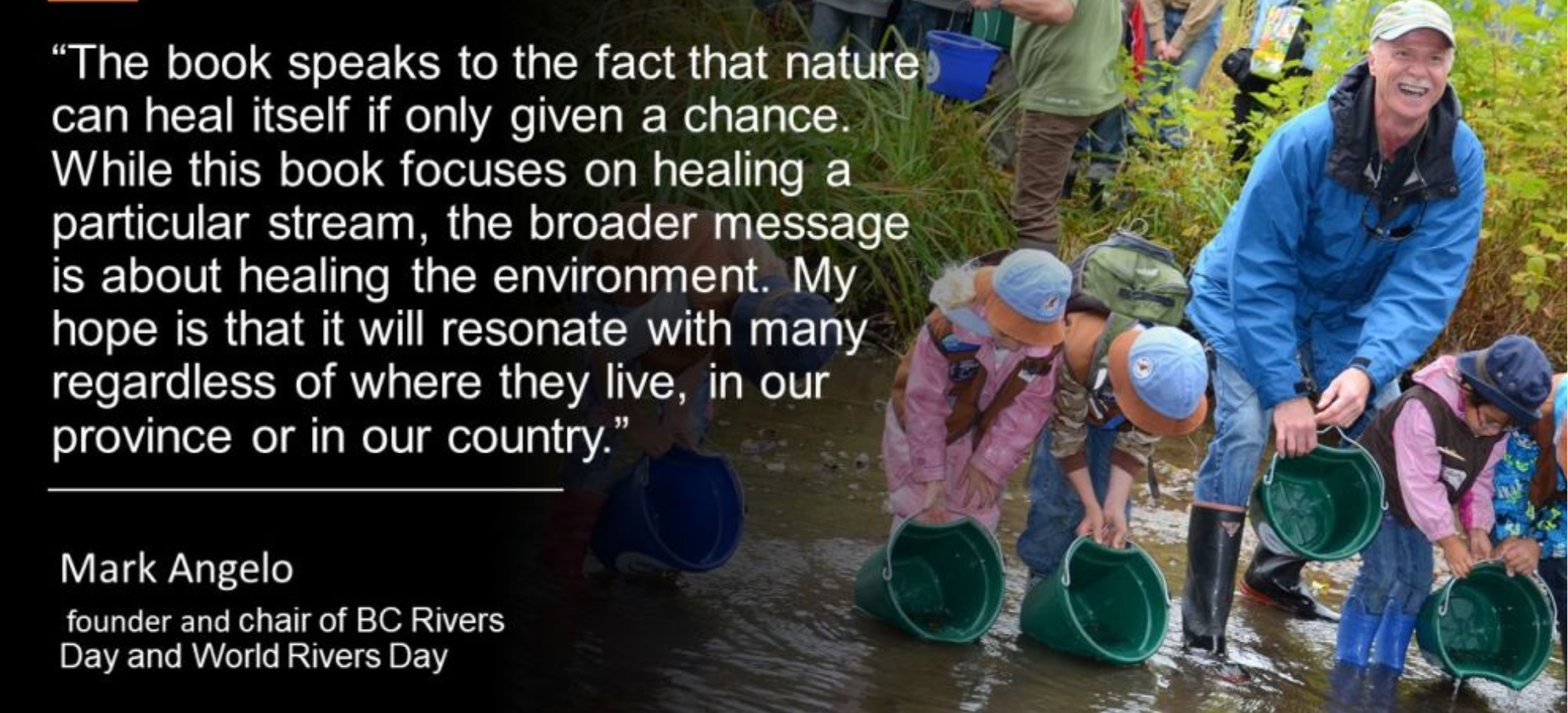More Fun: Activities, Videos, and Related Content
Cross- Curricular Activities
Social Emotional
A visualization exercise — ask child(ren) to close eyes and create a mental image. Ask them to think of a place they enjoy visiting:
Where are you? How do you know about this place? Did you make it up or use information you learned/experienced at another time?
Are you alone or with others? Are other people close or distant? Do you know them? Related or strangers?
What are you doing in the image? Imagine the physical space using your five senses: see, hear, smell, taste, and feel?
Why are you enjoying the experience? Does it remind you of something you heard/read in a book?
Social Studies
Present each child with a (8.5”x14”) copy of a United States map. Adapt one that primarily outlines each individual state clearly. Distribute markers to identify states, direction, and water sources.
First, locate YOUR state. Now identify the northern portion of the map. Southern? Eastern? Western? Point out the Southwest (New Mexico, Nevada and Utah). These have fewer water sources.
Review the definition of a riparian area. Reread the story and discuss the role of the Southwest area to meet the needs of the plants and animals.
Math
Presenting the story aloud, have child(ren) use their own tally/score card. They can keep track of how many times the word “water” or other words meaning water are used in the book. How many types of animals are mentioned in the story? Plants? People? How many math problems (+, -, <, >, =, x) can be created by applying the various tallies?
Measurement: Create interest and experience using everything from your own two feet, mini ruler, ruler, yard stick, or tape measure to measure the length of rocks, bowls of water, tin foil “pretend” creeks, garden tools, signs, etc. Line up all the creek dioramas to form one long creek. Measure how long it is.
Science
Provide child(ren) with three colors of clay, a few small craft sticks, small spoon, and an egg carton section filled with water.
Read aloud some of the parts of the story for child(ren) to recreate the situation with their tools. Choose vocabulary words to describe.
Example: “Show me what it looks like when water and wind cause the creek to grow; the creek’s bank crumbles and sweeps into the creek making it muddy; people restore the riparian; the beavers build their homes; migrating birds make their home, etc.”



